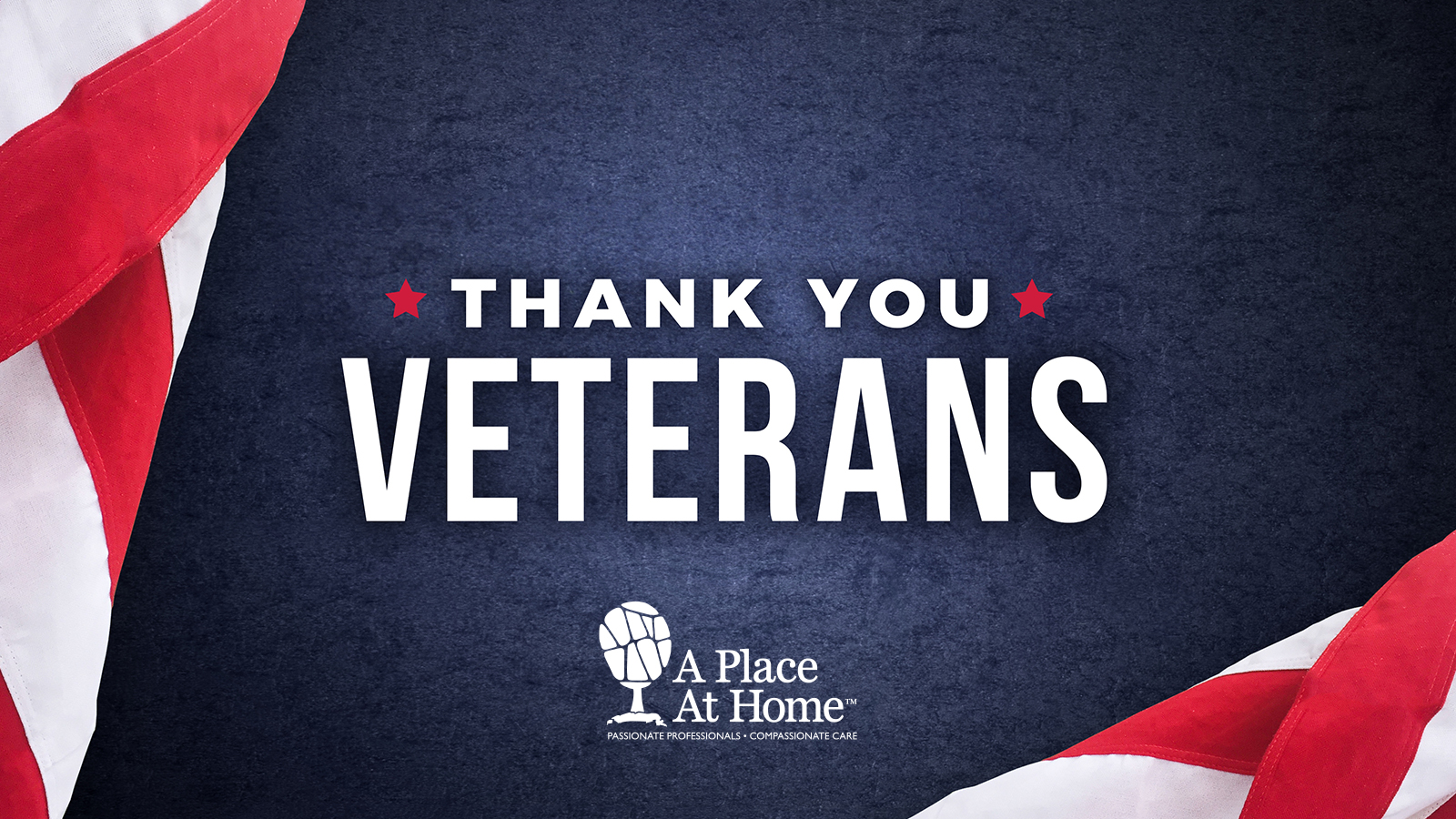In news that could affect the care seniors receive as they age, the Well-Being Insurance for Seniors to be at Home (WISH) Act has been introduced in the U.S. House by Rep. Thomas R. Suozzi (D-NY). This new legislation seeks to help seniors pay for long-term care.
Currently, most Americans don’t have the coverage needed to pay for potential long-term care needs. This comes at a time when Baby Boomers are expected to have increased needs as they continue to age. Many rely on federal programs such as Medicaid. Medicaid covers nursing home care for seniors who have meager assets, and families are often faced with spending down their loved one’s assets to help them qualify. In most states, the threshold for assets is just $2,000.
Medicare, on the other hand, provides no coverage at all for long-term care.
Another current option is long-term care insurance. But only 2% of Americans have it, according to Time Magazine, partially because it’s expensive. As a result, their loved ones often try to provide a patchwork of care. However, these unpaid caregivers are untrained in most cases and often end up suffering from depression and stress-related disorders. In addition, many neglect their medical care as they try to provide care for their loved ones.
The WISH Act Provides Benefits and Flexibility.
As this new legislation seeks to help seniors pay for long-term care, it also gives them added flexibility. Instead of just funding nursing home care, the WISH Act would also allow seniors to use their benefits to pay for 6 hours a day of home care and pay for other services.
Monthly cash benefits would be about $3,600 and be indexed for inflation. The money would be funded by a .3 percent increase in the payroll tax for workers and employers.
Seniors who are of full Social Security retirement age and have significant cognitive impairment or need help with at least two activities of daily living (such as bathing or eating) could receive benefits under the bill. Once seniors pay into the system for 1.5 years, they would receive partial benefits. Full benefits would kick in after they contributed to the program for ten years.
Benefits under the new legislation would not be taxable. And seniors who receive benefits under the WISH Act would still be able to utilize other federal benefits programs. Funds from the WISH Act would pay out first, and then other programs, like Medicaid, could be used.
Find Out What Your Current Options Are
To learn about current options to pay for in-home care, find a location near you. We provide compassionate at-home care services that make it easier and safer for seniors to maintain their independence and continue to live at home.



